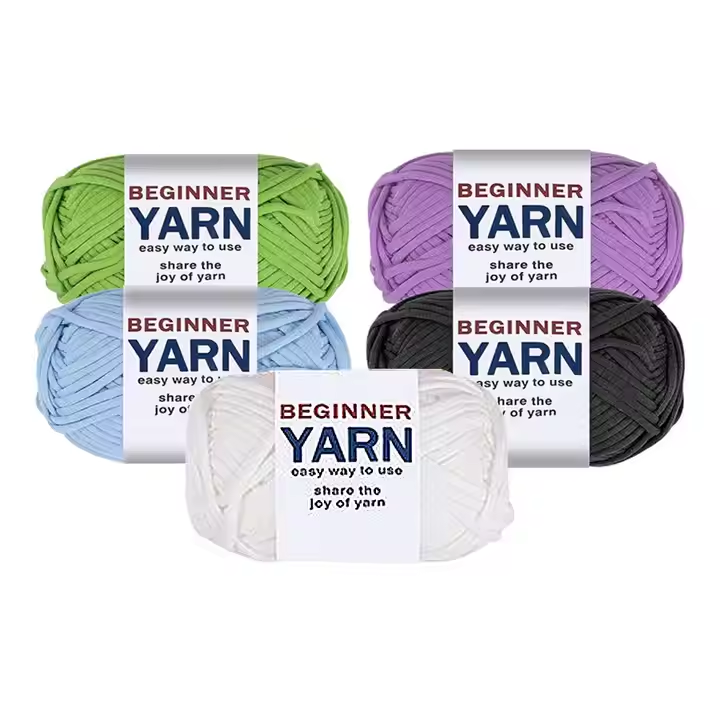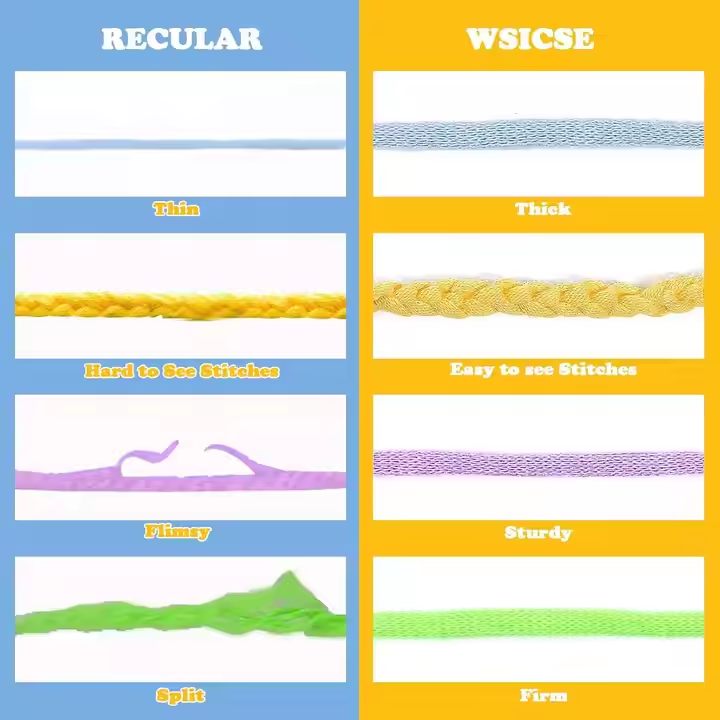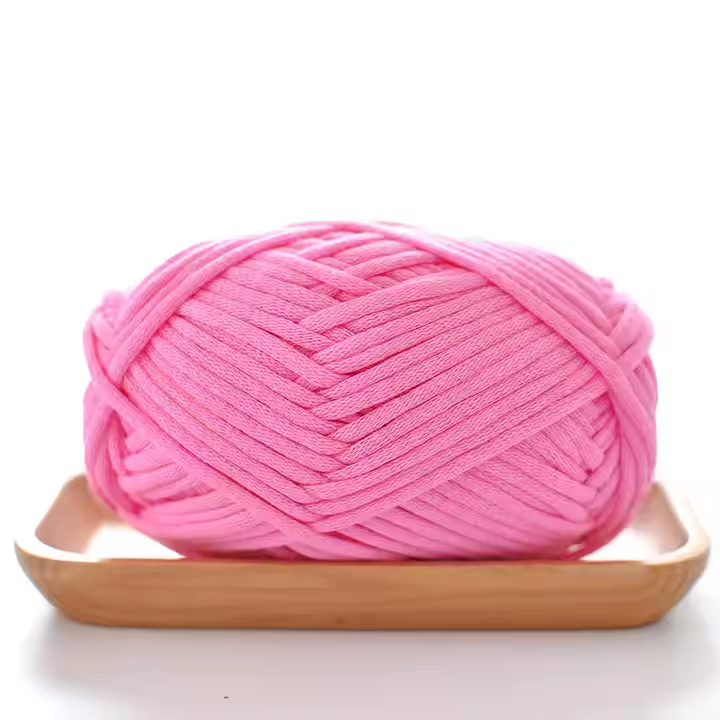The main contents of spinning quality control

Strong
The main raw material for spinning is cotton yarn. If the strength of cotton yarn reaches 5%, the working efficiency of the roving frame will be reduced, resulting in a significant increase in production costs.
Hairiness
In spinning production, try to choose some short hairiness, or simply deal with long hairiness. If the hairiness is too long, the yarn will easily tangle and be broken, which will not only increase the spinning production cost, but also affect the quality and appearance of the spinning product.
Yarn defects
During spinning production, it is necessary to strengthen the inspection of yarn defects. If there are yarn defects in the spinning products, it will affect the inspection of product quality.
Neps
White grey cloth should have fewer cotton knots and impurities to ensure that no “white stars” due to poor color absorption appear on the cloth after dyeing.
Spinning quality control concept
Drafting
In the spinning production process, the drafting link is very important, but in order to do a good job of drafting, it is necessary to strengthen the combing of raw materials, effectively control the relationship between the degree of combing and the intensity of combing, be able to take into account the impurities and short fibers, reasonably coordinate the relationship between the various production links of spinning, and comprehensively consider the factors that may affect the quality of spinning, and try to avoid the subsequent work from being unable to proceed due to errors in the previous process. For example, if the long and short fibers are not reasonably classified in the early stage of spinning, it may lead to the inability to carry out the spun yarn production link, and too many slivers will also affect the surface quality of the spun yarn, and many small bumps will appear, resulting in spinning defects and increased spinning production costs.
Five factors affecting spinning quality
Raw materials
Before spinning production, the spinning raw materials must be carefully screened, the proportion of cotton blending and cotton mixing must be coordinated, and the fibers must be fully mixed together to meet the needs of spinning production.
Process
In the spinning process, different spinning production processes will produce different spinning quality. In actual production, it is necessary to strengthen the design of spinning production parameters, focus on the innovation of spinning production technology, strengthen process tests, find the best spinning production technology, and improve spinning production quality.
Equipment
Spinning enterprises cannot produce spinning products without spinning equipment, especially in the modern industrial situation. Production enterprises must strengthen the introduction of spinning equipment, maintain and service all kinds of accessories, regularly inspect spinning equipment, and deal with problems in a timely manner.
Production Management
In order to ensure the quality of spinning products, it is necessary to strengthen the strict management of spinning production, ensure the cleanliness of the spinning workshop, improve the operating level of workers, and continuously improve the spinning work efficiency while ensuring quality.
Production temperature and humidity
The quality of spinning products is closely related to the production temperature and humidity. During the production process, the production temperature and humidity must be well controlled, which will directly affect the moisture regain of semi-finished products, bobbins, and cones. Appropriate temperature and humidity can effectively improve the strength of spinning, reduce hairiness, and reduce the occurrence of yarn defects, so it is very critical in the spinning production process.

Reduce “Cumulative Error”
The spinning production process is very complicated and involves many steps, so various errors may occur. If these errors are superimposed, the quality of the spinning products will be greatly affected. Therefore, spinning companies must strengthen the reduction of “accumulated errors” and introduce advanced management technologies to avoid the occurrence of spinning production errors.
Ways and measures to control spinning quality
Reasonable configuration of cotton opening, cleaning, carding and combing processes
Reduce the impact of short fiber content on the quality of spinning products. In the drafting floating area, shorter fibers cannot be effectively controlled, and it is easy to have a large displacement deviation, which will affect the spinning quality, especially the serious deterioration of the yarn. Therefore, spinning companies must reasonably configure the opening and cleaning, carding and combing processes, and appropriately attack the opening and cleaning to reduce fiber damage; they must also adhere to the process route of “moderate combing transfer and consideration of short fibers”, reasonably select the carding clothing and process, strictly control the short fiber rate of the combed sliver, and optimize the fine yarn drafting technology in the production process to improve the quality of cotton yarn.
Optimum rubber roller and rubber ring
If spinning companies want to improve the quality of spinning, they can also strengthen the optimization of rubber rollers and rubber rings. In the spinning production process, rubber rollers with high elasticity and low hardness are very suitable for heavy pressure, which can effectively improve the production effect of spinning. It is necessary to fully consider the holding force, drafting force, and control force, and adjust the relationship between each force synchronously to effectively distribute and coordinate. At the same time, it is necessary to ensure that the rubber rollers and rubber rings can run at a uniform speed and try not to crack.
Improve yarn evenness and reduce yarn defects
The uniformity of cotton yarn generally refers to the degree of weight unevenness when the weight of cotton yarn meets the specified linear density requirements. Yarn defects include common yarn defects and occasional yarn defects. Among them, long thin and long thick section yarn defects are more harmful to the quality of the cloth surface, and short thin and short thick section yarn defects are more harmful to the quality of knitted single jersey and high-density woven fabrics. General quality improvement measures focus on the improvement of yarn CV value and common yarn defects. Enterprises without conditions should inspect long thin and long thick section yarn defects; such yarn defects should be closely watched during the production process and their occurrence is strictly prohibited.




